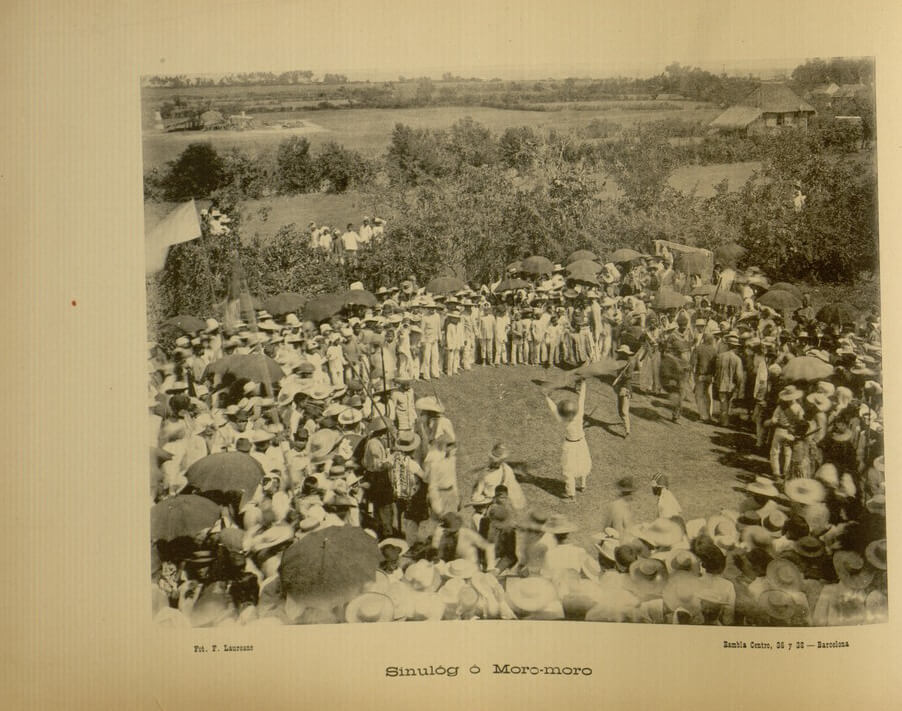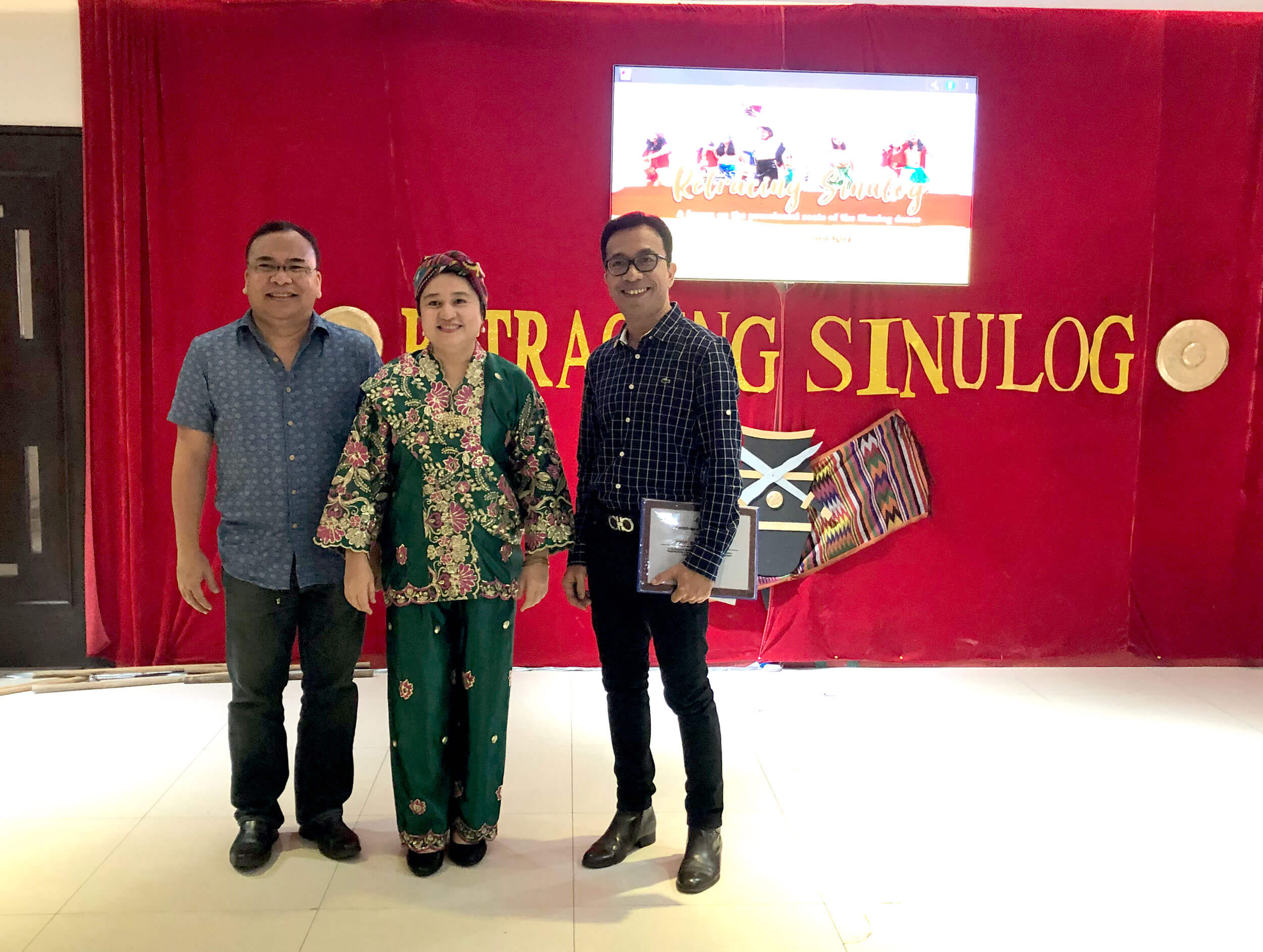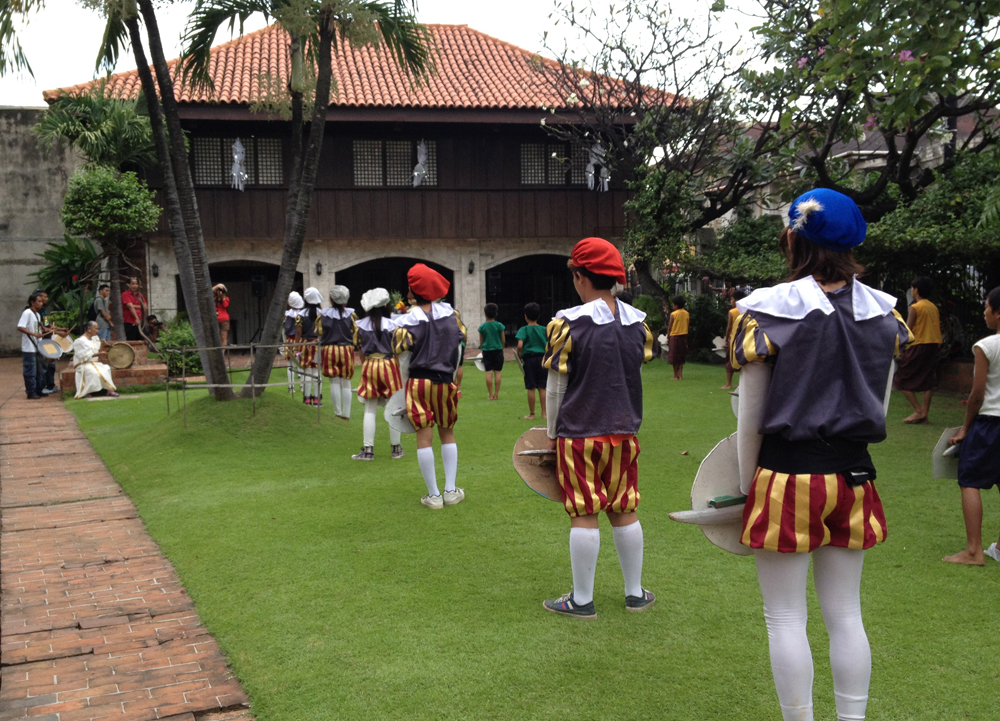The Sinulog grand parade is a spectacle for tourists and locals and devotees should just stay home and let visitors enjoy it, a historian said in a forum tracing the roots of Sinulog yesterday.
It is not authentic but a commercial celebration designed for outsiders, said Dr. Jose Eleazar Bersales, an anthropologist at the University of San Carlos, during the forum “Retracing Sinulog: A forum on the precolonial roots of the Sinulog dance” at the Palm Grass Hotel in Cebu City.
“That festival must continue as a tourist spectacle but it must not be said in brochures that this is the oldest dance. There must never be false claims because what is performed on the street may have 10 percent of the indigenous roots,” he said. “That is an inauthentic type of Sinulog. It is a showcase Sinulog, not for Cebuanos who believe in the Sto. Niño.”
Not for Cebuanos, devotees
Go to the Basilica and pray, Bersales said, then stay home. “This is not designed for you Cebuanos. Let the tourists and visitors enjoy it and stop jostling with them, you can watch this on TV. Let the others who come here precisely for this enjoy it. You only add to the crowd.”
He said the Sinulog is an amalgam of influences from the war dance in Sulu, a Spanish dance done during mass, and indigenous dances by tribes in Mindanao.

“The Sinulog is a product of tradition, indigenous, Moro, and Spanish colonial,” he said.
But should the Sinulog festival return to its roots? No, said Bersales. The festival serves a tourism function and it would be repetitive and hard to judge, since the grand parade is a contest, if all the contingents return to the authentic Sinulog dance.
Opportunity for healing Muslim, Christian rift
The Sulu roots of the Sinulog dance, meanwhile, offers an opportunity to start the healing process of the rift between Moros and Christians started by the Spaniards to divide the people in the country, said University of the Philippines Diliman Professor Darwin Absari. The current conflicts in the country are a continuation of that rift.
Absari said that although Sulu is geographically small, it has outsized influence on culture, history of the Philippines because of its strategic location. Cebu was under the influence of the Sulu Sultanate.
“While Manila and Cebu were still small and insignificant settlements, Jolo (Sulu Proper) had reached the proportion of a city and was, without exception, the richest and foremost settlement in the Philippine Islands. Jolo with the exception of Brunei had no rival in northeast Malaysia prior to the 17th century,” said Najeeb Saleeby in the History of Sulu published in1908.
Rajah Humabon had a Muslim adviser, said Bersales. “It is clear in Pigafetta that Enrique de Malacca talked with a Mohammedan who was in the court of Humabon.”

Roots of Sinulog
The word Sinulog to refer to the dance in Cebu only appears in records in the 20th century, historian and National Artist Resil Mojares said in his book “The Feast of the Sto. Niño.” He said the 17th century Vocabulario de la Lengua Bisaya of Jesuit Mateo Sanchez lists 3 meanings of solog: water current, the island of Solog or Sulu, and the full dress with medium sleeves or sinolog worn by women of Sulu.
Bersales, meanwhile, said a photograph of a sinulog as a moro-moro or war dance appears in the “Recuerdos de Filipinas” by Felix Lauereano that was published in 1895. Sinulog was mentioned in the book of photographs as a fiesta dance in Panay island between the Moro and the Christian.
“And there he says that sinulog is a very ancient form of competition of jousting that comes from Jolo, the Joloanons. But he saw this in Jaro, Iloilo being performed during a town fiesta,” Bersales said.
Absari said fighting tournaments and horse racing are regularly performed in front of the Sultan of Sulu. The art of defense is spread by these dances and jousting through generations as a reaction to the island’s being regularly besieged.

Moro-moro plays
“Showing it as an entertainment is one way of teaching the younger generations and the society in general the need to know and develop these knowledge as a way to defend their homeland,” Absari said in a video produced by Palm Grass and Pros Laput.
The Sinulog dance that was later popularized in Cebu by way of Titang Diola in Mabolo was the dance component of the moro-moro play that her grandfather started in the 1860s. They danced the Sinulog like people perform carols during a panaygon nowadays, Bersales said, going house to house and getting paid for the performance.
By its origin, Diola’s Sinulog is militaristic with 7 steps from an entrance march, offering of prayer, to a sword play that involves jumping and the shouting of Pit Senyor. This dance is the one performed every Monday after the grand parade at the Casa Gorordo.
3 types of sinulog
Sally Ann Ness, in her book “Body, Movement, And Culture” identifies 3 types of Sinulog dances. These are the tindera sinulog performed by candle vendors as prayer at the basilica and Magellan’s kiosk, the Moro-Moro Sinulog, and the Festival Sinulog.
Bersales also shared an account by Irving Leonard of a Sinulog in 1921. The American was unable to understand what was happening and saw it as a pandemonium, a “turbulent gathering, panting and perspiring.”
He recounted an “uproar of unintelligible sounds,” which Bersales said might be the devotees calling at Pit Senyor.
“The vivid hues of native costumes, mingling and intermingling as the worshipers spun about in a dizzy whirl, became a veritable kaleidoscope…”
“As each individual passed before the Santo Niño, he or she bent and reverently placed a kiss upon the diminutive foot. This was the supreme manifestation of the devotion of the simple native who had, perhaps, journeyed far and spent his savings that he might, in this one occasion of the year, when the image was brought to light, pay his homage to the generous Giver of All Things.”
“And with this gentle act performed the women may return to their homes happy in the assurance that they will be blessed with beautiful and healthy children.”
